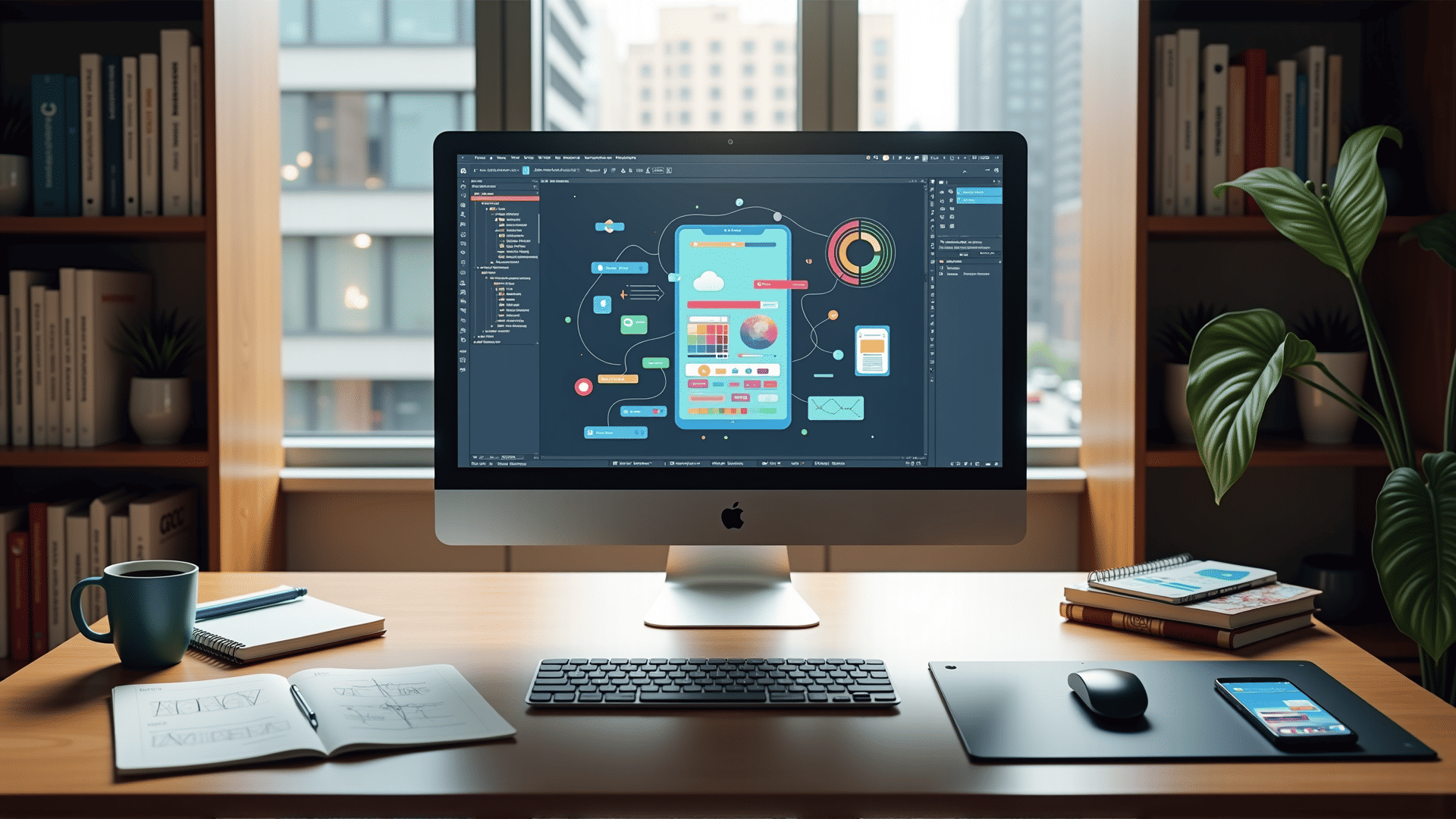Building practical applications requires a blend of creativity and structured methodologies. Central to this process are two primary focuses: designing user interfaces and managing the lifecycle of the application. Developing these components involves understanding both the end-user's needs and the technological backbone that supports these digital solutions.
At the heart of any digital product is the user interface. This is where aesthetics and functionality meet to foster an engaging experience. A well-designed user interface should be intuitive, enabling users to navigate with ease. A critical aspect of this is ensuring clarity and coherence in design, which involves strategic placement of elements and thoughtful use of color and typography. Consistency across different platforms enhances usability, allowing users to feel at home regardless of the device they're using.
In creating an effective user interface, feedback is vital. Regular user testing provides insights into what works and what doesn't, allowing for iterative improvements. By involving users from the early stages of design, builders can ensure that the final product aligns closely with user expectations and requirements.
Equally important as design is the management of the application's development stages. This involves planning, execution, and maintenance. A well-structured plan guides the journey from concept to realization, identifying key milestones and deadlines. During the execution phase, it is essential to remain agile, allowing room for adjustments based on testing feedback or technological advancements.
Post-launch maintenance is crucial in ensuring long-term success of the application. This includes regular updates to address bugs, incorporate new features, and adapt to changes in the operating environment. Monitoring user feedback continues to be important, offering a pathway for ongoing improvements and keeping the application relevant.
In conclusion, building applications requires a careful balance between design and developmental management. By focusing on creating an intuitive user experience and efficiently managing the developmental stages, developers ensure that the end product is both functional and user-friendly. This holistic approach not only meets current demands but also paves the way for future innovations and enhancements.
